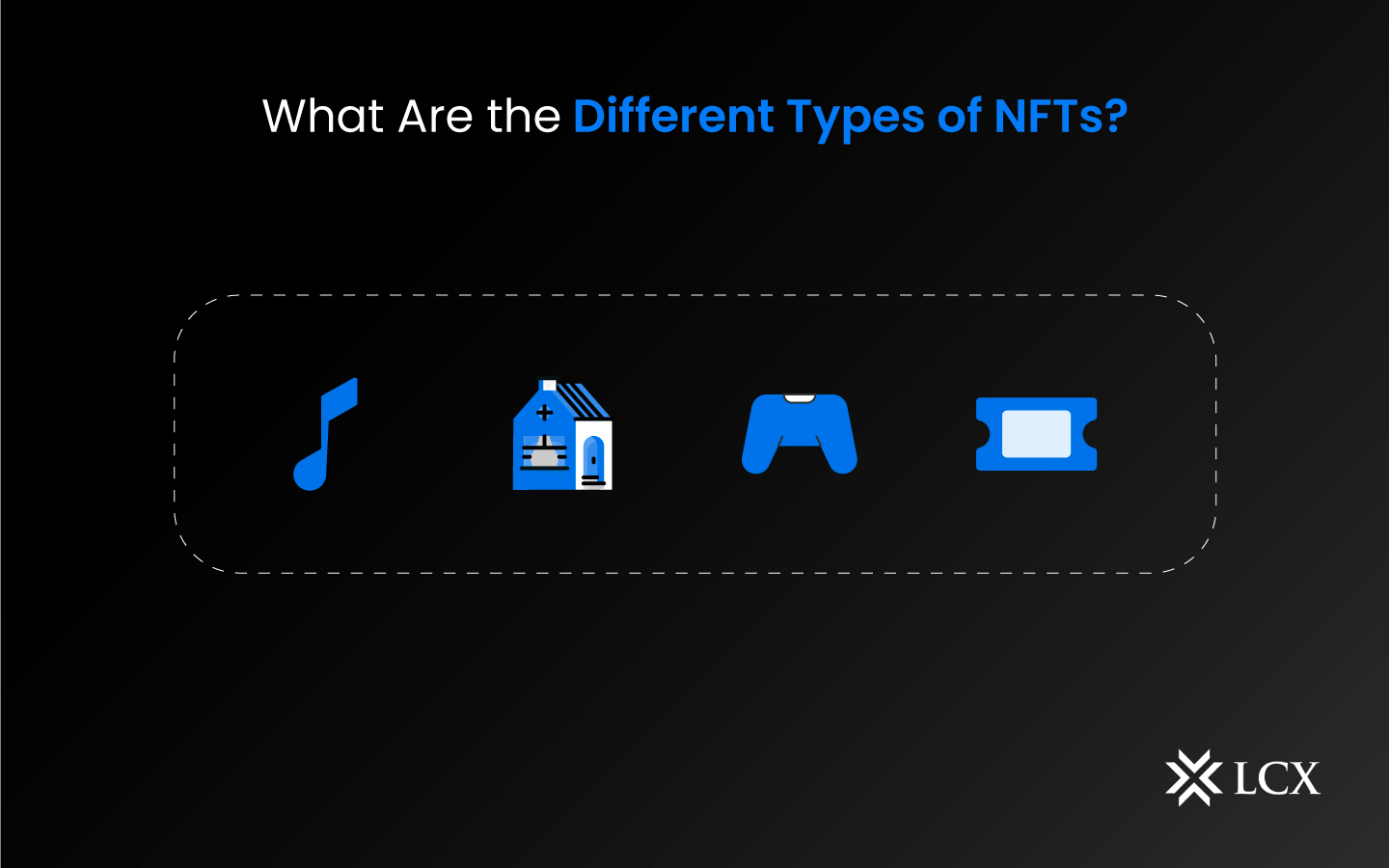The transactions are not visible on the blockchain

Those using a non-custodial wallet, such as Electrum, are used to being able to see in the relevant list all transactions to and from their walletvisible and registered on the blockchain.
However, not all transactions in Bitcoin are actually visible at all times.
Transactions that are not visible on the blockchain
In fact, only those transactions recorded on Bitcoin’s blockchain are public and visible to everyone. However, there are transactions that are not recorded on the blockchain, which results in them not being visible.
For example, transactions made through Lightning Network (LN)Bitcoin’s layer 2 that enables instant transactions at a very low cost. LN does not record transactions on the blockchain, so these are not public. They remain visible only to the sender and recipient on their respective wallets.
A similar thing happens on non-decentralized exchanges, such as e.g Coin base. When an internal transaction is made on a centralized exchange, such as a purchase or sale of cryptocurrency, that transaction is not recorded on the public blockchain, but only in the exchange’s private database. This database is not visible to users of the exchange, but only to its managers.
Therefore, for those who use an exchange like Coinbase and a wallet like e.g Electrumthey will find visible only those transactions that were made directly from the wallet to the exchange, or vice versa, but not those that were made in the exchange.
Transactions between non-custodial wallet and the centralized exchange is actually registered on the public blockchain, making them visible to everyone. In contrast, those created in the exchange are not registered on the blockchain, and are therefore not visible except to the managers of the exchange itself.
Also, centralized exchange operators usually move user tokens from the wallet embedded in the exchange, and connected to their account, to generic wallets that they use something for all users. Thus, they not only record internal transactions on the blockchain, they do not even enable the user to track these internal movements, because they do not actually happen.

Management of tokens by centralized exchanges
In fact, once tokens are moved to the exchange’s generic wallet, they usually stay there until picked up by a user, regardless of how many times they are exchanged.
Reason centralized exchanges not recording internal transactions on the blockchain is very simple: they don’t want to pay fees. Registering an internal transaction on their database requires no fees, while a transaction on the blockchain always requires payment of a fee. Given that they handle billions of transactions this seems like an absolutely valid reason.
However, another issue applies decentralized exchanges, which records all transactions on the blockchain. In this case the expenses related to fees are borne by the users.
Also, since transactions on the blockchain are by no means instantaneous, recording on one’s own database also solves the problem of speed, therefore the performance of centralized exchanges, which are not only cheaper but also faster than decentralized ones. On the other hand, however, they also turn out to be guardians, and therefore with greater Safety risks.

























